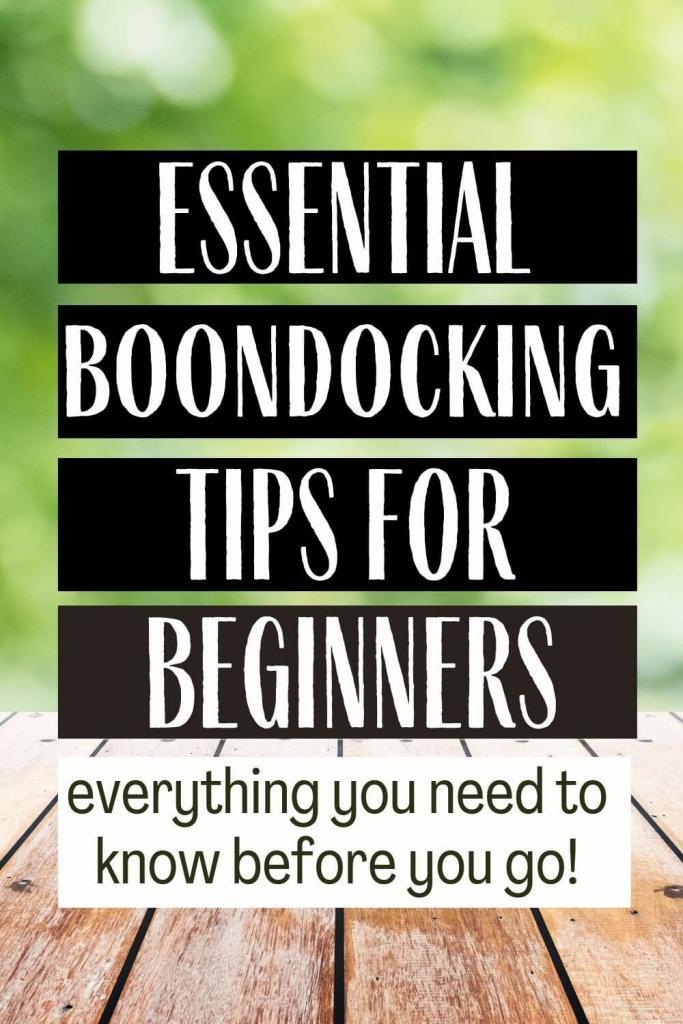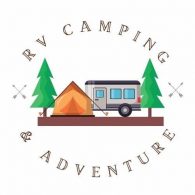If you’re new to the idea of RV boondocking, the thought of overnight stays in a grocery store or Walmart parking lot, or even wild camping in remote areas may be a little intimidating. But if you’re intrigued by the thought of free camping (or mostly free) and a different kind of adventure, this info is just for you!
You might be asking, “what is boondocking exactly”?
Boondocking is simply camping without hook-ups – that means no water, no sewer, and no electricity. It can be done in various places, including parking lots that allow overnight stays, dry campgrounds, national forests, and public lands.
In this complete guide, we’ll discuss the basics of RV boondocking for beginners and everything you need to know before you go!
Ready to learn the essentials about this type of camping along with the best RV boondocking tips? Great!
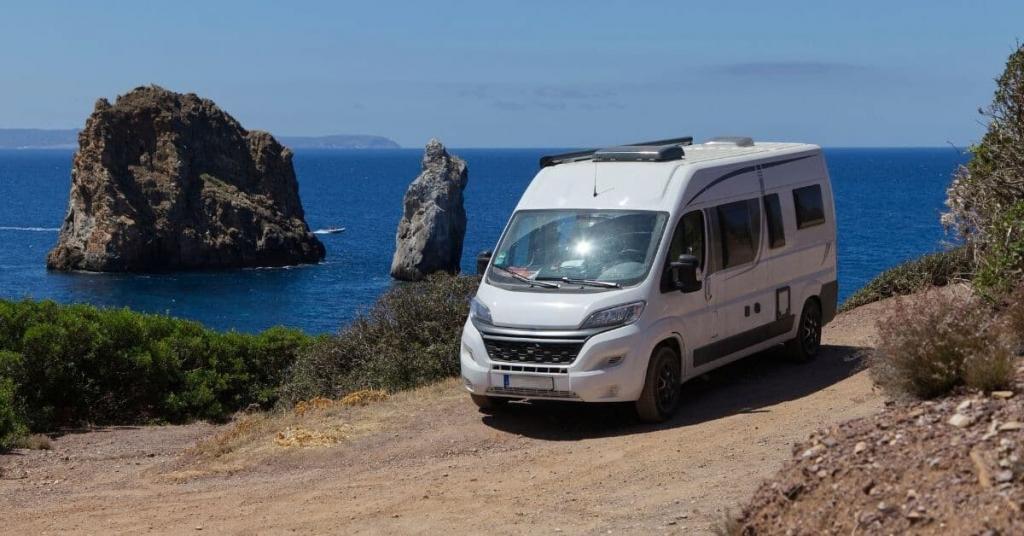
Here’s what we’ll cover….
- Things to consider before your boondocking adventure
- Power options for dry camping
- How to have water while boondocking
- Boodocking waste disposal
- Communication options
- Planning and safety
- Helpful apps and websites
- Boondocking FAQs
- Conclusion
- Related articles
This post may contain affiliate links, which means I’ll receive a commission if you purchase through my links, at no extra cost to you. Please read full disclosure for more information.
Important Things To Consider Before Boondocking In Your RV
Ok, so first things first- here are a few things to consider before heading out to enjoy the great outdoors.
We’ll start with common sense essentials like planning for your power needs, water supply, cell service, waste disposal, and then move on to the next step which is planning your stay and safety precautions.
Let’s start with power….
Power Options For Dry Camping
If you’re planning to go boondocking one of the main considerations is power. You won’t have the luxury of plugging into power as you do at a developed campground, so you’ll need to come up with a plan.
One option is to bring a generator; this can be a bit noisy, but it will give you all the power you need.
If you don’t want the noise of a generator, another option is to use solar power. Solar panels are becoming more popular and can be a great option if you plan to spend any amount of time in a remote location.
Let’s go over power options in greater detail.
Generator
Using a generator is a great way to have all the power you need while boondocking. However, it’s important to remember that they come with some risks.
Make sure you know how to use your generator safely and always follow the manufacturer’s instructions.
If you choose to bring a generator with you when boondocking, there are a few things you need to keep in mind.
- generators can be quite loud, so make sure you choose one that won’t disturb your neighbors
- you will need fuel, so make sure you have enough to last the length of your trip
- improper use can be dangerous, so be sure to read the instructions carefully and take all necessary precautions
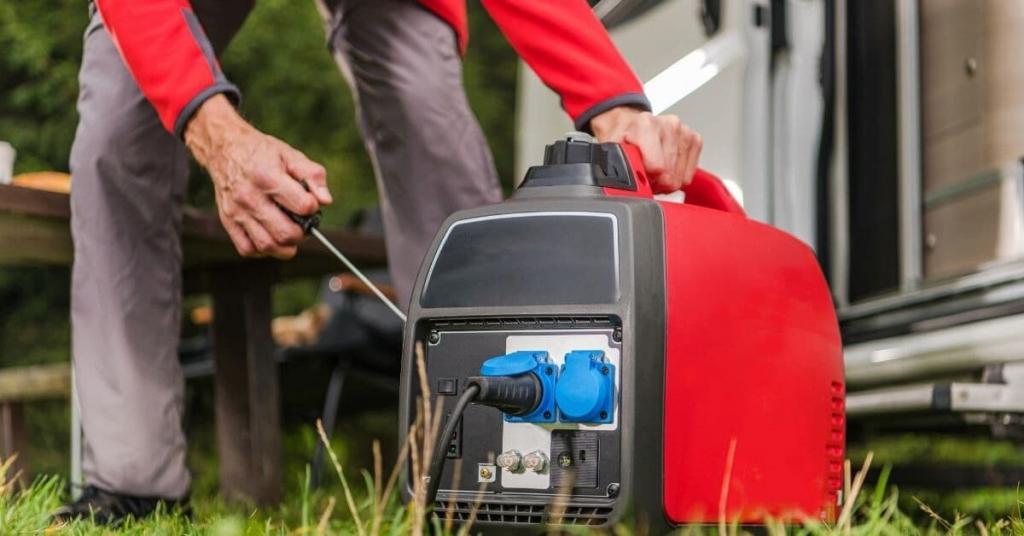
Battery
Battery usage is another option when dry camping. You will need to bring a battery that is large enough to power your RV for the duration of your stay.
You can either use a 12-volt deep cycle marine battery or an inverter/charger combo. Just be sure that you’re charging the battery occasionally!
When boondocking, it is important to conserve your battery power so be cautious when running things that take a lot of power, like an air conditioner.
If you choose to use a battery to power your RV, be sure to research how much power different appliances, the water heater, space heaters, and even your hairdryer use so you can plan accordingly.
(Here is a handy guide to RV appliance consumption if you’re interested 😉
Solar
A power alternative (or addition) to a generator is to use solar energy. This is a great environmentally friendly power option for when you are boondocking.
However, there are many considerations to think about when using solar power.
For example, you need to make sure you can charge your battery enough to power your appliances for at least several days. This can require more than one panel and a good battery to store it.
You will need to assess your own power usage actually when thinking about solar power.
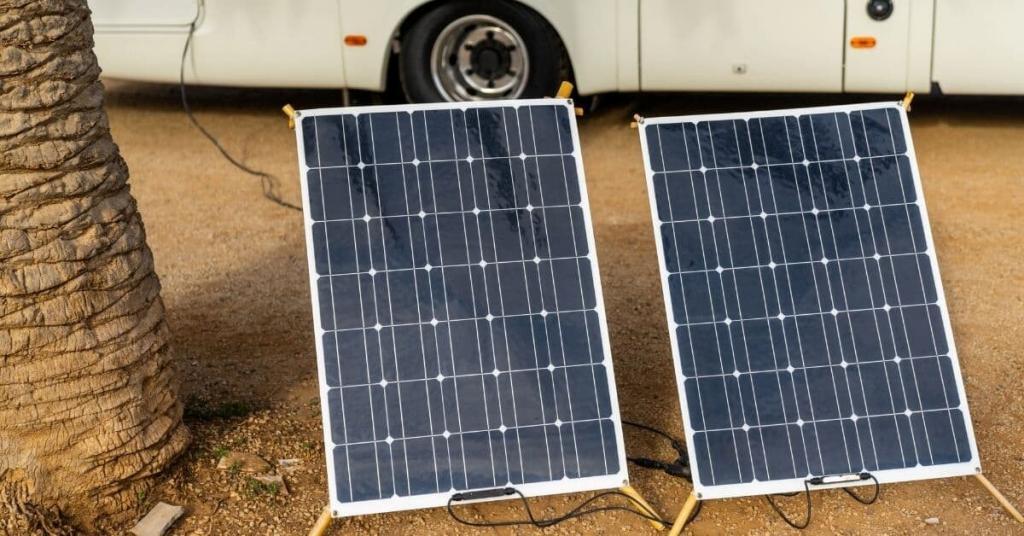
How To Have Water While Boondocking
The next RV boondocking consideration is how you’ll get water. You won’t have the convenience of water spigots, so you’ll need to calculate your estimated water usage and bring at least that much water with you. Bringing a little more than you need is never a bad idea though!
Fill The Tanks
When you’re going free camping, one way is to make sure you have a supply of water to fill your fresh water tank. You can do this at home, a campground that has water hookups, or even from natural water sources (although this isn’t the best option).
You will need to consider your expected water use and how much you need for the duration of your trip. You may have to buy extra tanks for more water storage depending on the details of your trip. Be mindful, extra water jugs may be necessary, but they take up space, so pack and plan accordingly.
Bottles Or Jugs
Another option is to have a stash of bottled water and/ or use jugs. You can buy bottled water to store in your RV (not the most sustainable option though) or use old bottles to store tap water in for use when you’re on a dispersed camping trip.
It’s also a great idea to have a few extra jugs on hand since potable water is such an important thing to have, especially if you’re a long way from a water source.

Natural Water Sources
Natural water can be a usable water source when dry camping, especially if your tanks are starting to run low. But, if you choose this option you also need to make sure you have a way to make the water safe to drink.
This brings us to the next point.
Bring A Water Filter
Clean drinking water is essential when boondocking, so it’s a good idea to invest in a water filter.
This will allow you to drink from almost any water source. There are a number of water filters available on the market, so do some research and find one that fits your needs.
Another thing to consider- if you fill your freshwater tank with water from a stream, river, lake, or question the water from a campground- be sure to sanitize your RV water tank before refilling with clean water.

Boondocking Waste Disposal
One thing you definitely don’t want to worry about when boondocking is what to do with your waste. While it might seem a big problem, there are a few simple ways you can easily deal with it.
Dump Stations
One option is to find a dump station. These can be found at most RV parks, as well as some rest areas and truck stops. Dumping your tanks is not the most pleasant experience, but it’s necessary.
However, if you are far away from civilization, this probably isn’t going to be a realistic option, so let’s move on to a few others.
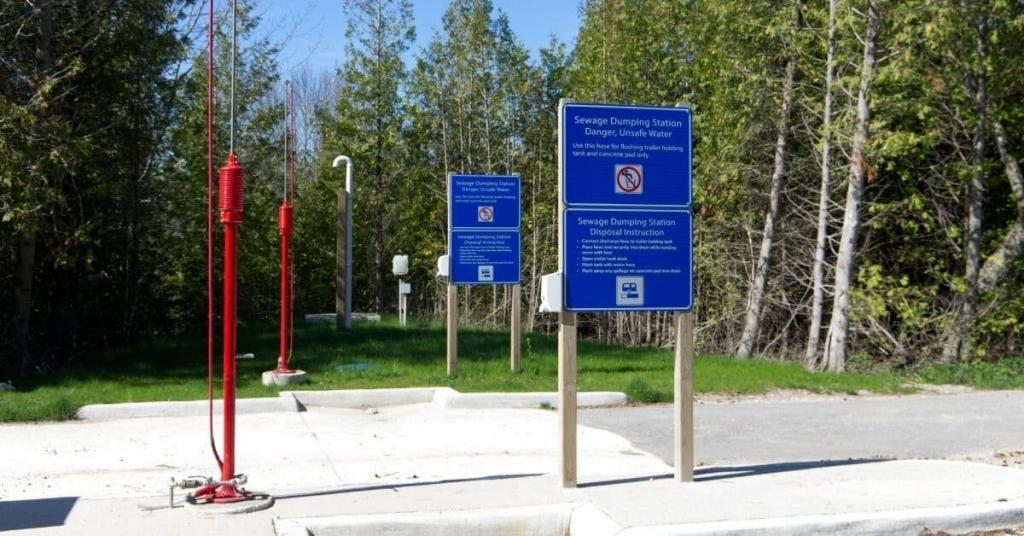
A Composting Toilet
Using a composting toilet is another good option for waste disposal as it’s environmentally friendly, fairly simple to do, and the setup can be as basic or as fancy as you wish.
There are many different types of composting toilets available, so be sure to do some research to find the best one for you and how to use it properly.
This is definitely the most comfortable option for most people when you’re far out into the country.
But, if you don’t have a dump station and are not interested in a composting toilet for whatever reason, there is still one option left…
Make An Outside Restroom
This isn’t necessarily a comfortable long-term option, but you can make an outside toilet by digging a hole and burying your waste.
According to the USDA National Forest Service, this is how you dispose of human waste properly “dig a hole that is 4–6 inches wide and 6–8 inches deep.
After you’ve done your business, fill in the hole with the original dirt and completely cover it using natural materials. Pack your toilet paper or wipes in a Ziploc bag and carry it out with you.”
You will also want to make sure to follow the general rule that says you should be at least 200 feet away from campsites, water sources, and parking areas, and really, just people in general.
Here’s a great resource if you would like to know more about outside waste disposal or Catholes, as some call them.
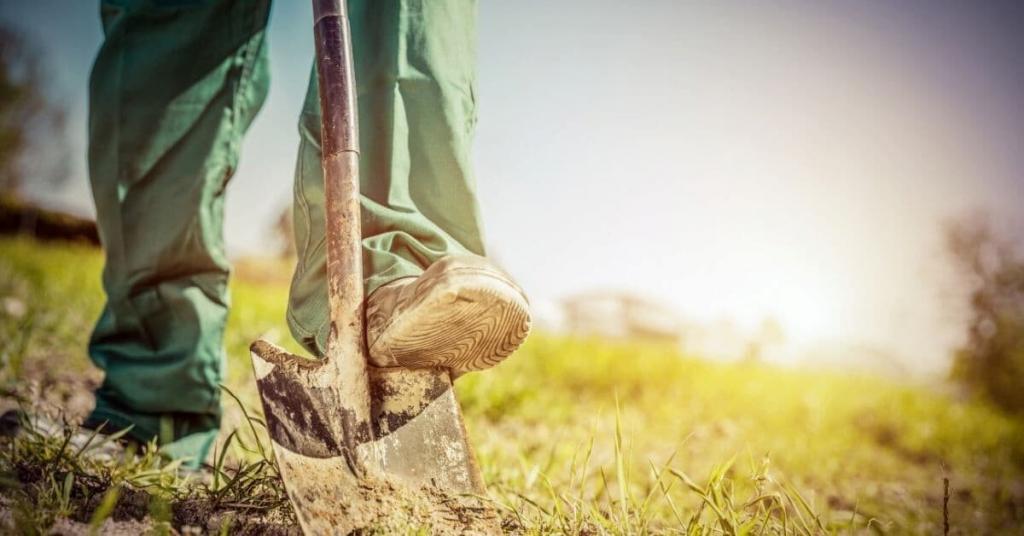
Internet And Communication Options
When boondocking, you need to have options for connectivity when out in the middle of nowhere.
Cellular Network With Boosters
You probably won’t have access to public wifi, so you’ll most likely be staying connected via your cellular network.
To make sure you stay connected even when you’re down the dirt roads of the backcountry, you can use an antenna or booster which will help to increase your cell phone’s connectivity range.
Satellite
Another option is to use a satellite internet service which allows you to access the internet directly to your RV working in the most remote places.
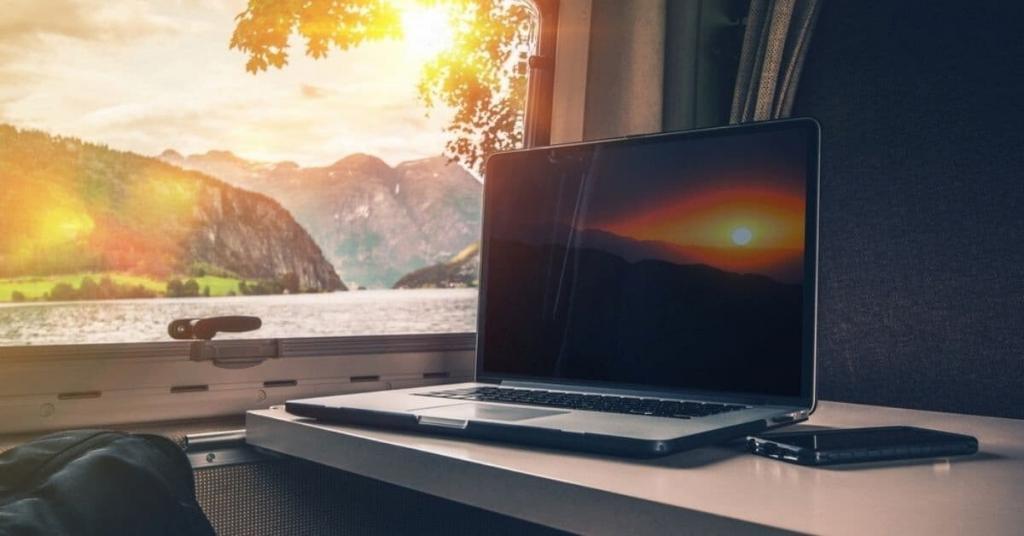
Planning And Safety
Boondocking isn’t something to do on the fly, it takes careful planning and preparation so you have everything you need and be prepared.
Here are some preparation tips to make sure your RV boondocking trip goes smoothly.
Print Or Buy Maps
Ensure you have up-to-date maps. This is especially important if you’re not familiar with the area. You can’t rely on having connectivity when traveling to remote locations, so having physical maps are a must to ensure you don’t get lost.
Check For Fire Bans
Before setting off, make sure to check and see if there are any fire bans in the area. You don’t want to be carrying out any illegal activity that could have serious consequences inadvertently.
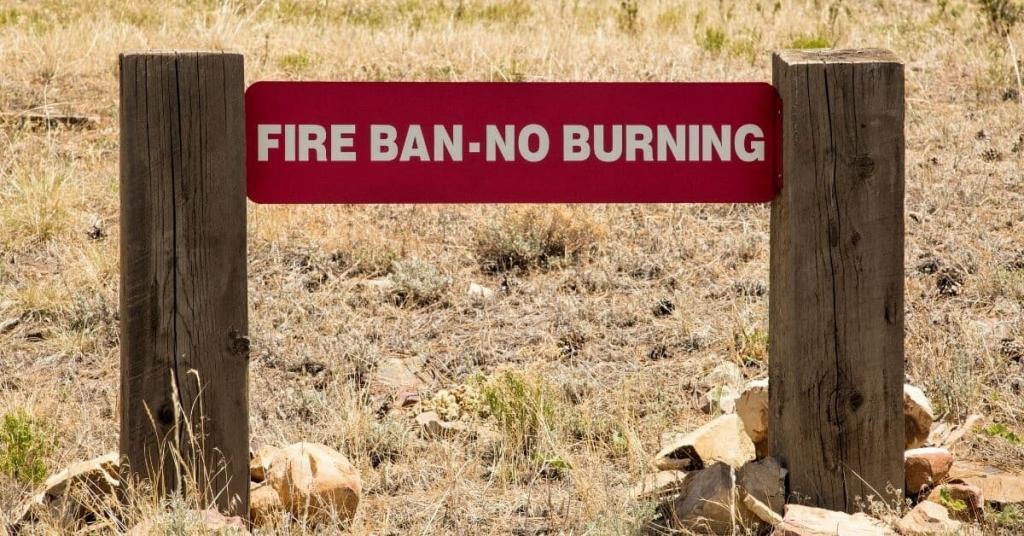
Research The Area
Researching the area you are boondocking in is essential.
When considering what to research about the location, it’s important to know what kind of wild animals there are in that area that could pose a threat.
Also, how prevalent is crime in the area?
You also might want to check what type of terrain you will be boondocking on and if there are any environmental issues, you need to be aware of.
Pack Accordingly
Make sure to pack appropriately for your boondocking trip. This means bringing the essentials, like food, and water, as well as any other things you might need depending on the type of trip you’re taking.
Always pack for all eventualities. You never know what weather you will end up with so bring it all, including a range of blankets, waterproof and essentials for warm weather too.
Check out my post on boondocking gear and essentials for ideas.
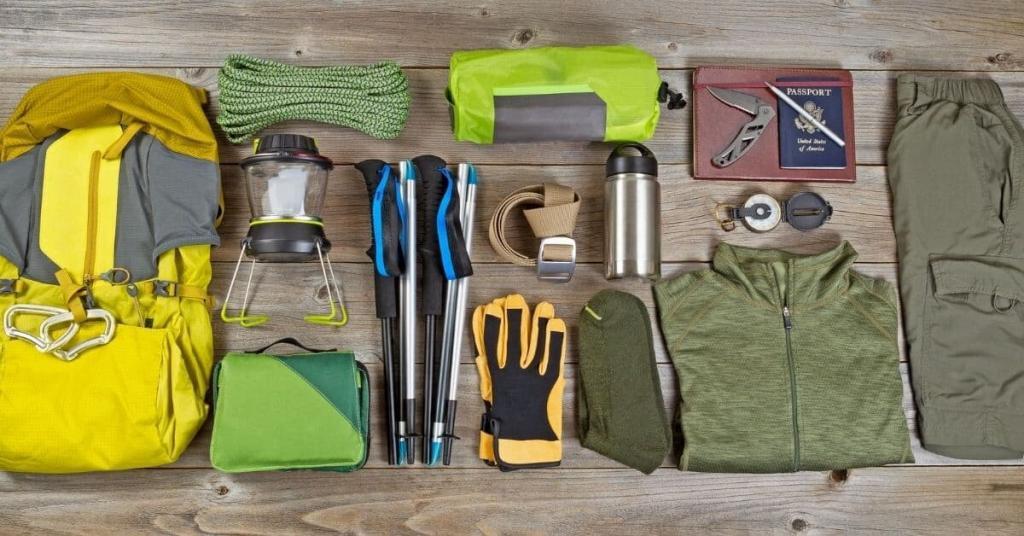
Make Sure Camping Is Allowed
When boondocking, it’s important to make sure that the area you want to stay in is actually available.
Do some research before you go to make sure there aren’t any areas that are off-limits. If you are staying in state forests or other lands designated for public use, be sure to check the stay limit (how long you can stay there).
Not staying on private property? Then it’s important to make sure that boondocking in that particular spot is legal. You don’t want to get in trouble with the law by trespassing.
You can always get in touch with the local authorities to find out what is and isn’t allowed in that area regarding free camping.
Bring First Aid Equipment
When you are in a remote area, you never know what could happen. That’s why it’s important to bring a first aid kit with you, especially if you end up far away from any medical centers.
Ensure You Always Have Connectivity
When boondocking, it’s important to have multiple ways of staying connected. You should always be able to contact a friend, family member, or emergency services if needed.
For example, if you’re in an area with no cell phone service, you’ll want to have a satellite internet connection or phone for emergencies.
Having multiple ways of staying connected is essential for a safe and enjoyable boondocking trip.
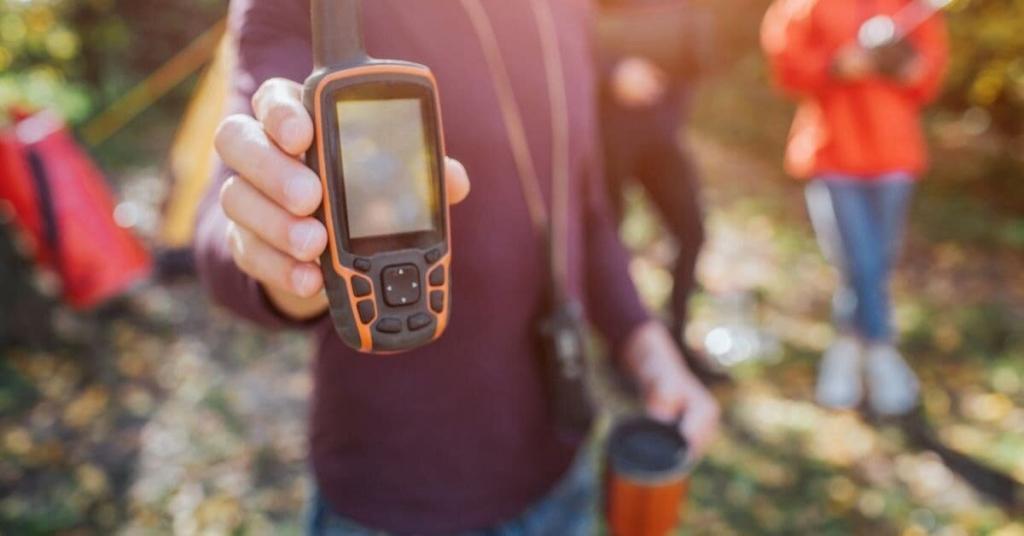
Helpful Apps & Websites
If you’re thinking of dry camping, here are a few apps and websites that can help you find the best and safest places to stay so you can have a great trip.
And don’t forget that you can always look at US public land apps, National Forest websites, and other federal or state websites.

RV Boondocking FAQs
Still have a few questions about boondocking? I’ll try to answer a few of the more common questions here 🙂
Is Boondocking Legal?
Boondocking is legal in most places, but it’s always important to check with local authorities before setting up camp to ensure you aren’t trespassing.
Is Boondocking Safe?
Dispersed camping is generally safe, but it’s always important to do your research on the area you’ll be camping in before heading out. Make sure to bring all of the necessary supplies and be organized and prepared before you set off.
And it never hurts to have a reminder to bring first-aid equipment, just in case something happens while you’re out there.
Can You Boondock Anywhere?
Boondocking is allowed in many places but you must have permission to camp on private property and it’s never a bad idea to call or talk with park rangers or camp hosts of public lands before heading out just to make sure the area you wish to camp is open and available.
Can You Really Boondock In A Wal-Mart Or Big Box Store Parking Lot?
Possibly. Many stores do allow overnight parking for cars, RV’s, and campers, but you need to check with the store manager before pulling in for the night.
Can I Camp On Federal Land?
Yes, camping on federal land is a great way to get out into nature and enjoy the beautiful outdoors.
There are many places in the United States to camp such as federal land, state parks, and national parks so it’s important to do your research ahead of time to find the perfect spot for you.
Just be sure that, in addition to finding the perfect spot, you also read the rules and guidelines of each park.
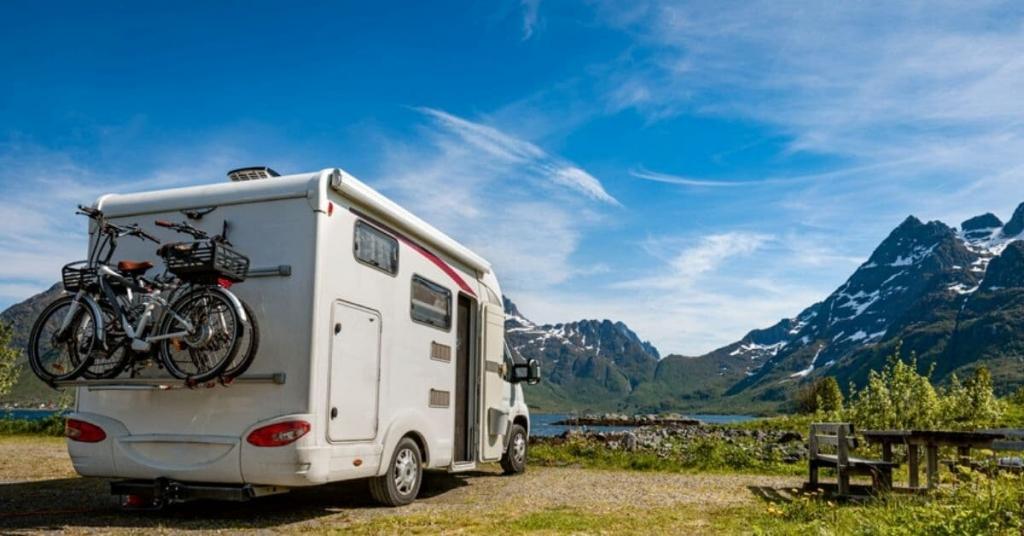
Conclusion
Dispersed camping is a great way to get out into nature and enjoy all that camping has to offer without spending extra money on campsites and hookups, plus you really get to immerse yourself in the outdoors.
This makes it a great way to learn about how to be more self-sufficient when living off-grid.
If you’re new to dry camping, though, it’s a good idea to familiarize yourself with the tips discussed in this article so you can be fully prepared for your boondocking experience.
We’ve pretty much covered it all, but the best way to learn about boondocking and what you need is to get out there and give it a go.
Start with a short trip and you will learn about all the free camping nuances once you’re experiencing it.
Just remember to plan ahead with safety in mind and you should have a great trip!
Related Articles
- The Ultimate Camping Planner: A Must-Have Printable Planner For Your Next Adventure
- 20 Boondocking Safety Tips + Must-Have Supplies: Essential Info You Need Before You Leave!
- What Is The Best RV For Boondocking? Here Are 10 Great Options!
- Boondocking Etiquette: General Guidelines And Helpful Tips
- What Is The Best RV Battery For Dry Camping? Here Are 6 Top Picks!
- 5 Best Composting Toilets For An RV (+Pros And Cons, Tips, Benefits!)
- Top 5 RV Water Filters: Find The Best Option For Your Needs
- How To Quickly & Easily Sanitize An RV Water Tank
Looking for more information about RV camping? Check out the RV Basics section and find all the articles you need to help make your camping trip a success!
